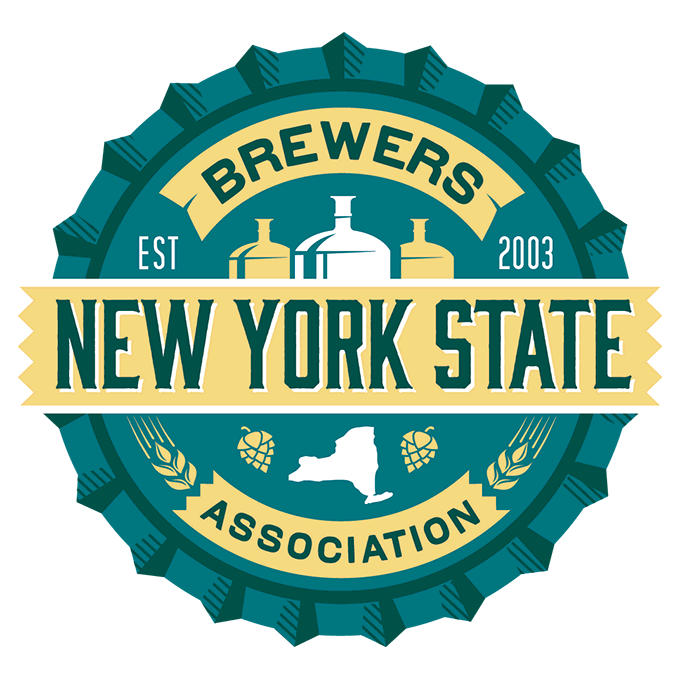
Did you know that EPA and OSHA inspectors are “cross-trained” to identify the other agency’s potential regulatory concerns? This is important because a client’s facility may have an OSHA inspection and, depending on the inspector’s observations, shortly thereafter the facility may also be the recipient of an EPA inspection or vice versa.
In addition, these agencies have similar programs, such as EPA’s Risk Management Program and OSHA’s Process Safety Management Program; however, the agencies objectives are different: EPA’s objective is to protect human health and the environment and OSHA’s is to protect worker safety.
If an OSHA or EPA inspector arrives at your facility, presents his or her credentials, and asks for your consent to conduct an inspection, what do you do?
Briefly, the general guidelines are as follows:
– Obtain split sample from inspector
– Establish chain of custody records for retained portion of samples
– Obtain receipt for sample(s) from inspector and ask the inspector what analytical method will be applied to each sample so that duplicate analyses from an independent laboratory can be run
– Request copies from the agency of all analytical results
– Similarly, if inspector(s) take photos, the facility should replicate
A future blog will highlight how to prepare for an OSHA/EPA inspection.
Rick Marx, Senior Environmental Engineer and Elaine Enfonde, Senior Environmental Scientist.